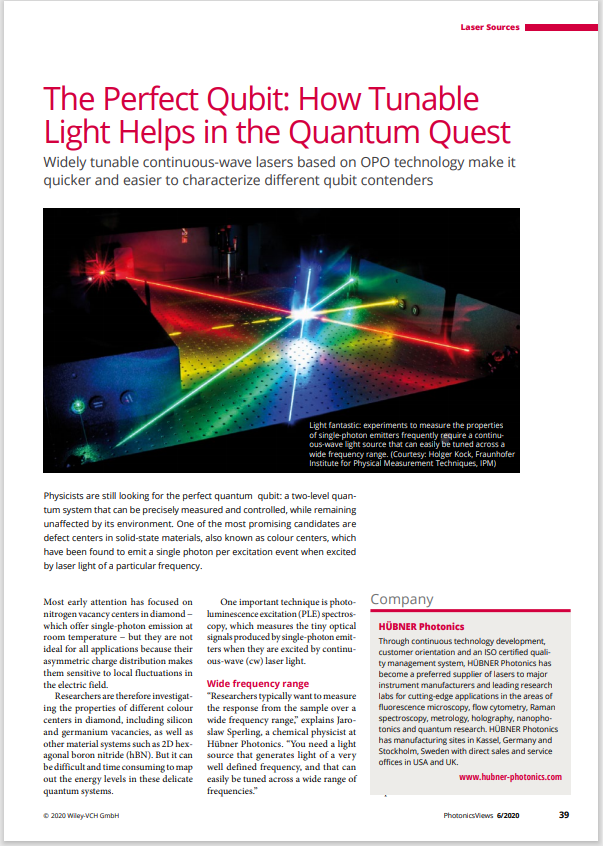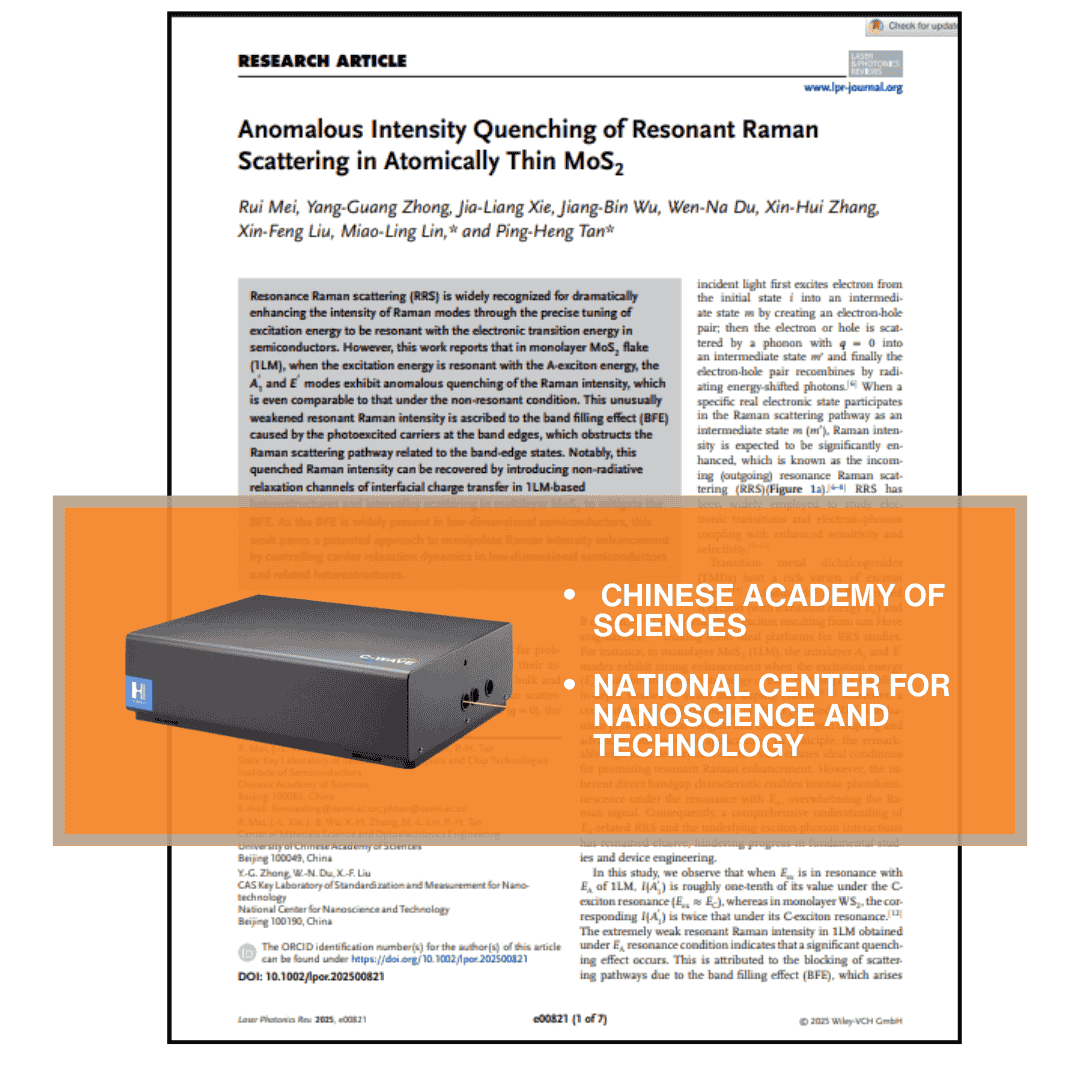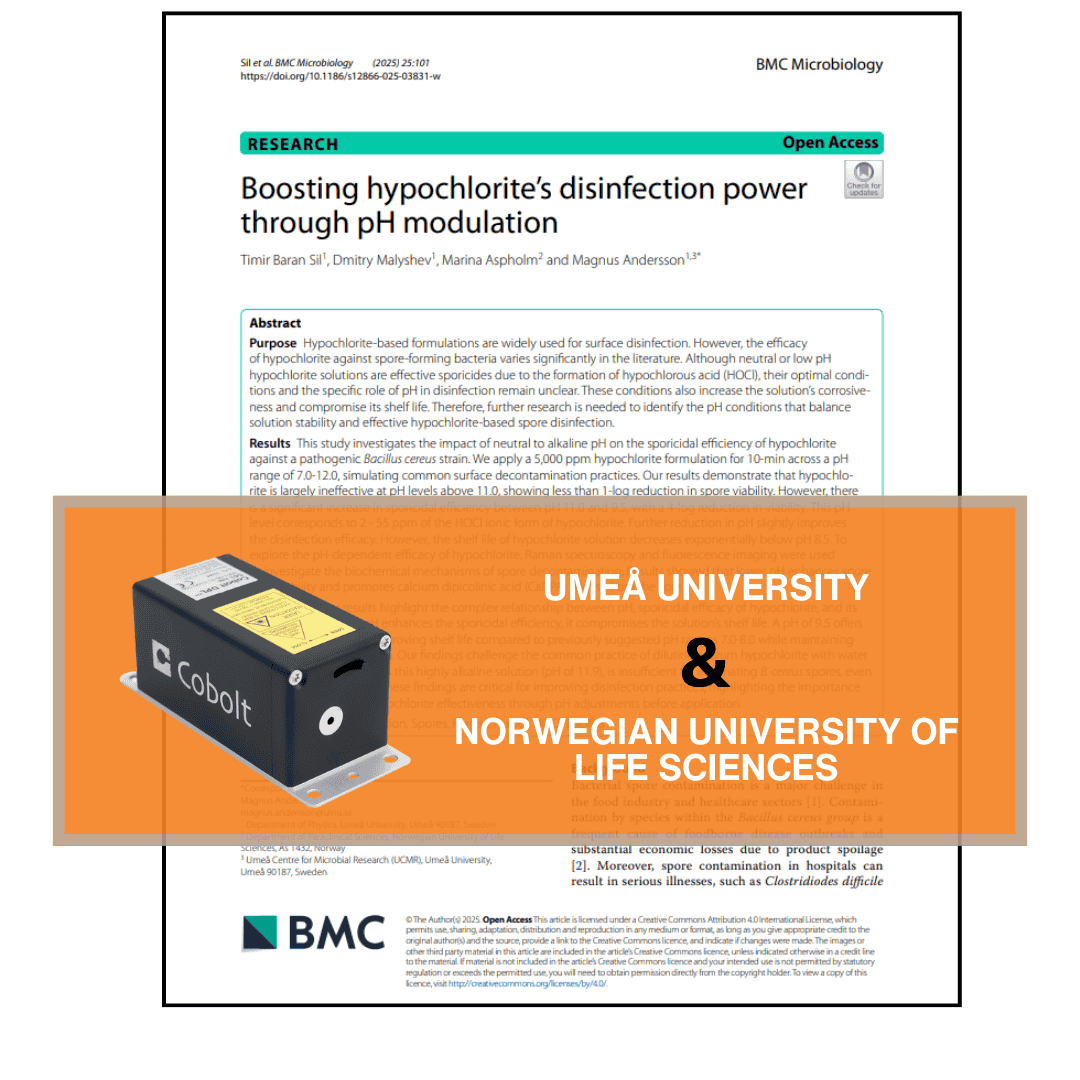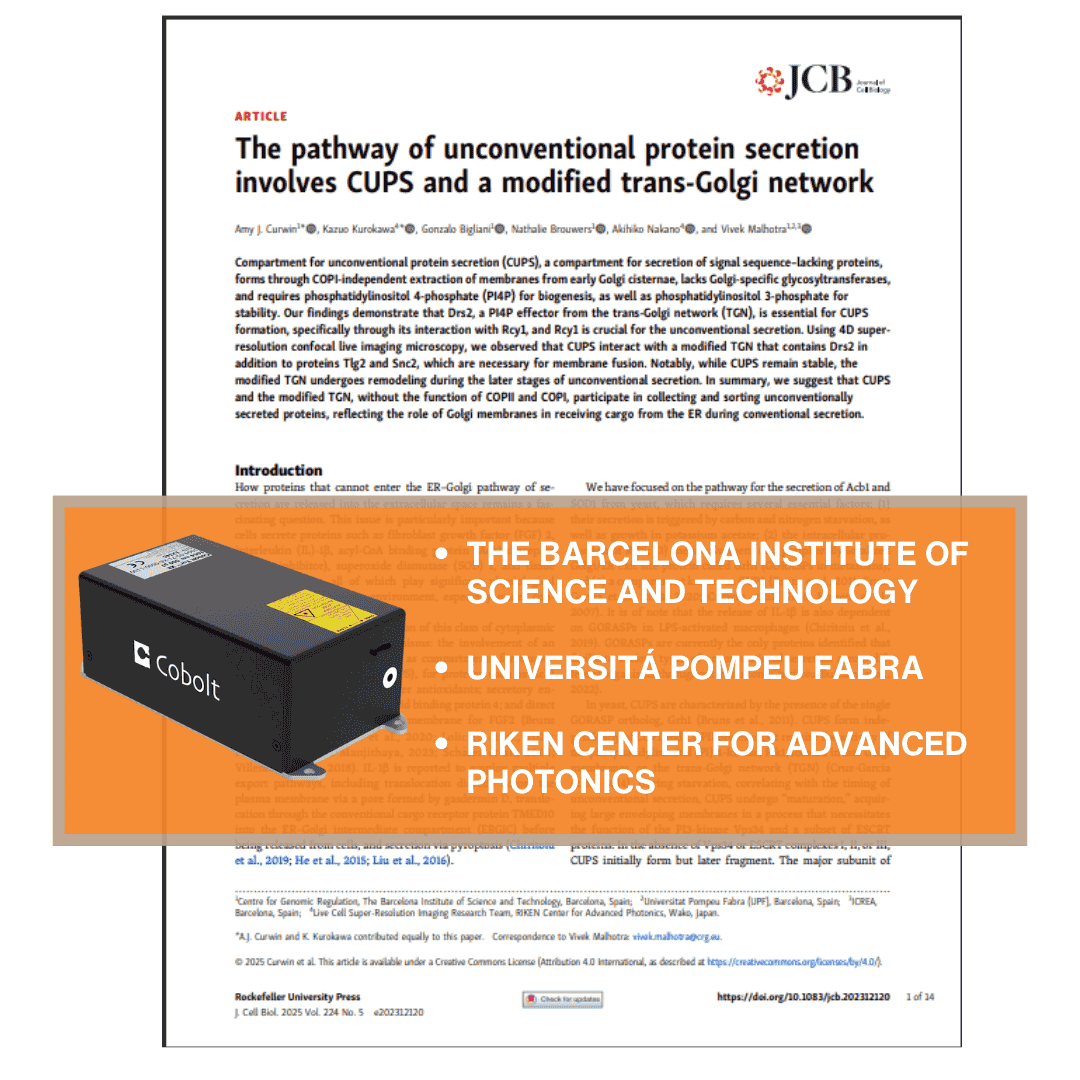3 March, 2021
The Perfect Qubit: How Tunable Light Helps in the Quantum Quest
Physicists are still looking for the perfect quantum qubit: a two-level quantum system that can be precisely measured and controlled, while remaining unaffected by any changes in its environment. One of the most promising candidates are vacancy centres in solid-state materials, also known as colour centres, which have been found to emit a single photon when excited by laser light of a particular frequency.
Most early attention has focused on nitrogen vacancy centres in diamond − which offer single-photon emission at room temperature − but they are not ideal for all applications because their asymmetric charge distribution makes them sensitive to local fluctuations in the electric field. Researchers are therefore investigating the properties of different colour centres in diamond, including silicon and germanium, and other material systems such as 2D hexagonal boron nitride (hBN).
But it can be difficult and time consuming to map out the atomic-level energy transitions that generate single-photon emission in these delicate quantum systems. The most useful technique is photoluminescence excitation (PLE) spectroscopy, which measures the tiny optical signals produced by single-photon emitters when they are excited by laser light.
“Researchers typically want to measure the response from the sample over a wide frequency range,” explains Jaroslaw Sperling, a laser physicist at Hübner Photonics. “You need a light source that generates light of a very well defined frequency, and that can easily be tuned across a wide range of frequencies.”
Sperling believes that continuous-wave light sources based on optical parametric oscillators (OPOs) offer the most effective solution. Instead of the gain medium inside a conventional laser, an OPO generates coherent light from a nonlinear optical crystal pumped by a high-power laser. “OPOs first emerged about half a century ago,” says Sperling. “But commercial devices have until recently only operated in pulsed mode, since high laser powers are needed to drive the nonlinear process.”
The latest commercial systems – such as Hübner’s C-WAVE device – combine this wide tunability with the narrow linewidth needed to resolve specific resonances in the emission spectra. OPOs also offer a higher spectral purity than equivalent tunable lasers, which ensures that the weak optical signals generated by atomic-scale defects are not obscured by unwanted light emission at other wavelengths.
Widely tunable continuous‐wave lasers based on OPO technology make it quicker and easier to characterize different qubit contenders
Physicists are still looking for the perfect quantum qubit: a two‐level quantum system that can be precisely measured and controlled, while remaining unaffected by its environment. One of the most promising candidates are defect centers in solid‐state materials, also known as colour centers, which have been found to emit a single photon per excitation event when excited by laser light of a particular frequency.
Download the pdf HERE
This article was written by Physics World on behalf of Hübner Photonics, and appeared in the June 2020 edition of PhotonicsViews.
More resources
Explore our Publications for practical insights on how our customers are leveraging the power of our lasers in their projects.
Customer publications
Application: Raman spectroscopy
Product line: C-WAVE
Wavelength: Tunable
Optimizing Resonant Raman Scattering in Monolayer
Optimizing the sensitivity of Raman spectroscopy by engineering carrier relaxation dynamics to enhance Resonance Raman scattering intensity
Customer publications
Application: Raman spectroscopy
Product line: Cobolt
Wavelength: 785 nm
Tweaking Bleach’s PH Against Bacterial Spores
Scientists identify the optimal pH for hypochlorite-based sporicidal formulations that can balance solution stability and effectiveness of spore disinfection.
Customer publications
Application: Fluorescence microscopy
Product line: Cobolt
Wavelength: 473 nm, 561 nm
Cobolt Blues and Jive in Uncoventional Protein Secretion
Researchers have identified a specialized compartment called CUPS (Compartment for Unconventional Protein Secretion) that forms independently of the traditional cell pathway system





